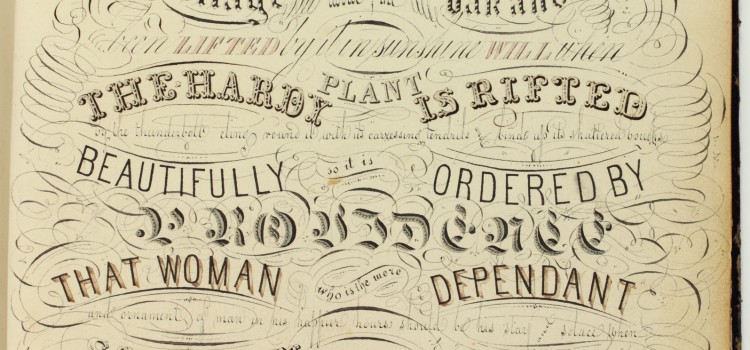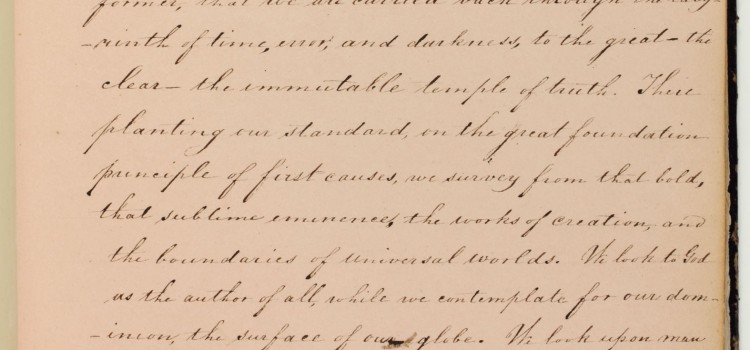Little is known about Ada Howell Hinton. She was born in approximately 1840 to Frederick Augustus Hinton, a very successful barber and perfumer originally from Raleigh, North Carolina. Frederick Hinton was a member of St. Thomas’ African Episcopal Church and
Mary Forten (1815-1842)
Mary Isabella Forten, the daughter of James Forten and Charlotte Vandine Forten, was born in 1815. An invalid at home suffering from tuberculosis, she did not attend school. Because of her illness and homebound existence there is little information to
Margaretta Forten (1807?-1875)
Margaretta Forten, the daughter of James Forten and Charlotte Vandine Forten, was a part of her family’s activist tradition and worked as a school teacher and an orator. Margaretta Forten taught at Sarah Mapps Douglass’ school for African American children
James Forten Jr. (circa 1816-?)
James Forten Jr., the son of James Forten, Sr. and Charlotte Vandine Forten, was born in 1816 or 1817 and educated at the Pennsylvania Abolition Society Clarkson School. An artist, he lived in the Forten family home and worked in
James Forten (1766-1842)
James Forten was one of the most central figures of Philadelphia’s black elite in the late 18th and early 19th centuries. Born free in 1766, he worked as an apprentice in one of the city’s largest sail lofts. At the
Reverend William Douglass (circa 1804-1862)
William Douglass was born free in Baltimore, Maryland in 1804 or 1805. He lived and studied in Maryland, becoming proficient in Latin, Greek and Hebrew. In 1834, he was ordained as the first African American Episcopal deacon. Shortly after which,
Amy Matilda Cassey (1808-1856)
The owner of one of the Library Company’s friendship albums, Amy Williams was born ain New York City to Peter H Williams Jr., a prominent Episcopalian minister, and his wife Sarah. At the age of 17, she married Joseph Cassey,
Arnold Buffum (1782-1859)
Born in 1782 in rural Rhode Island, Arnold Buffum was a Quaker, abolitionist, and temperance advocate. He and his wife Rebecca Gould Buffum had five daughters, including Rebecca Buffum Spring and Elizabeth Buffum Chace, who also became social reformers and
Patrick Henry Reason

Patrick Henry Reason was one of the few commercially active black engravers of the 1830’s and 40’s. He was the brother of Charles Reason , teacher and principal for a time at the Institute of Colored Youth. Patrick contributed a
William Whipper

William Whipper was another successful black businessman who helped underwrite the antislavery movement and a host of local black improvement efforts. In 1834, he contributed to Cassey’s album a two-page essay “Moral Reform.” Within a couple of years, Whipper and Cassey organized
